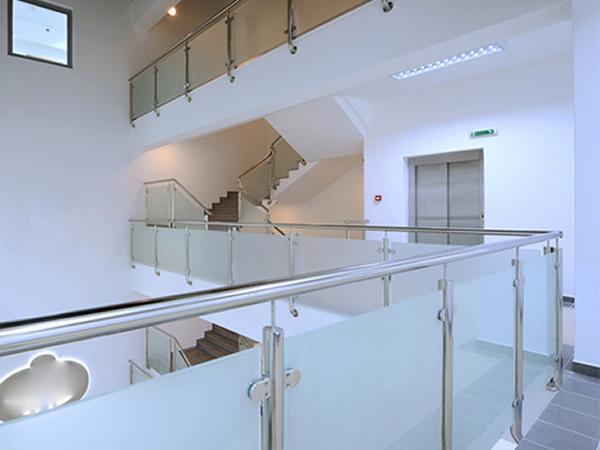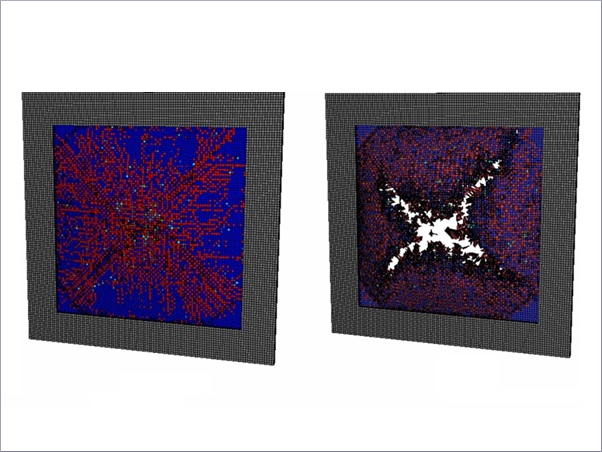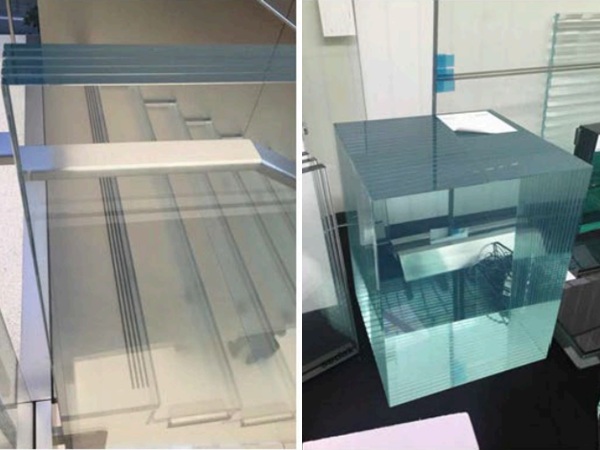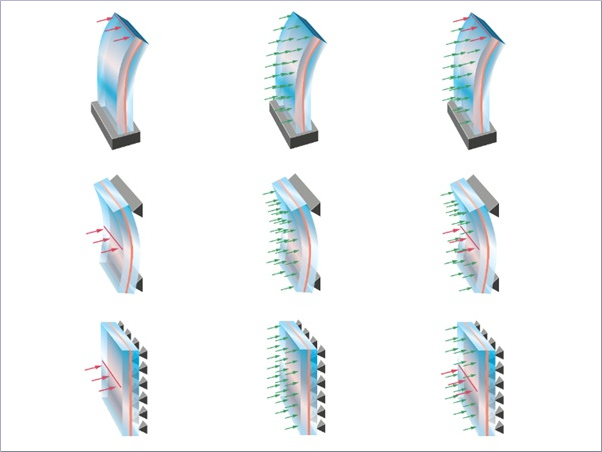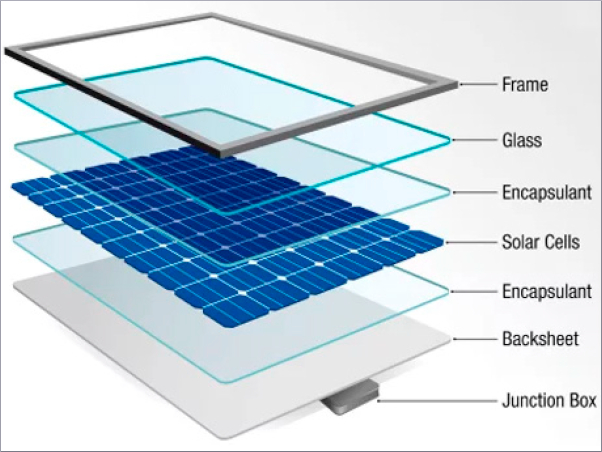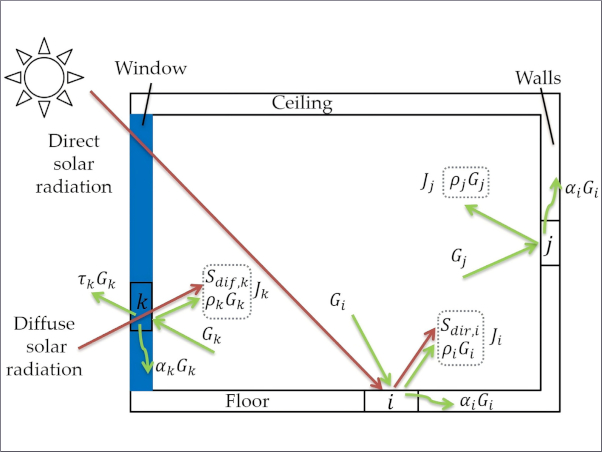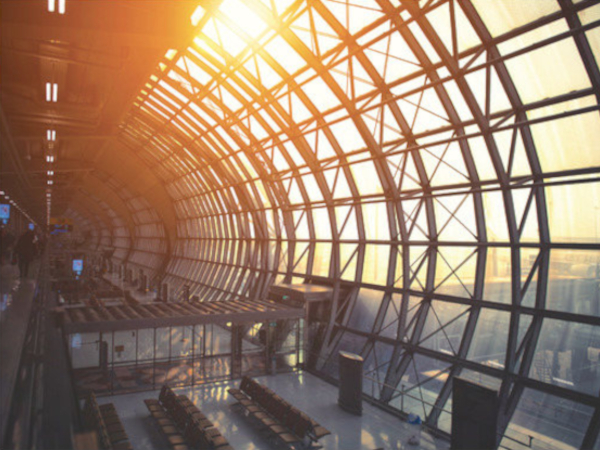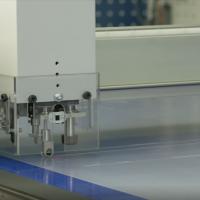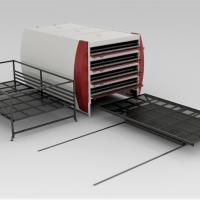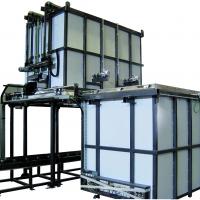Of course, wired glass is also classed as a safety glass due to its enhanced fire rating, but this glass product has become less prevalent over recent years as more advanced products have come on to the market.
These glass products are all well known for offering tried and tested protection and they all have their individual advantages to safety.
Toughened glass is around four to five times stronger than standard annealed glass. It is also thermally stronger, and when broken, will shatter in its entirety into small and relatively harmless pebbles. However, once a sheet of glass has undergone the toughening, or tempering, process, it cannot be cut or drilled again without shattering.
Laminated glass contains a plastic inner layer, which firmly holds the two outer sheets of glass in place if broken. This has the dual advantage that there will be no shards of loose glass to cause injury, and an area glazed with laminated glass will remain covered should the glass be broken.
Toughened glass is often specified ahead of laminated glass, as it is a more affordable product. However, there are a number of projects where laminated glass should be the preferred option.
Shop windows and external glass doors
All glass that sits either wholly or partially below a threshold of 800mm (or below 1500mm in or around doorways) must be safety glass.
For commercial properties, such as shops or offices, which tend to be unoccupied overnight, it is generally a good idea to specify laminated glass for any external windows or doors that with glass below these thresholds.
Specifying laminated glass will ensure that should a window be broken, the glass will remain anchored in the glazing system and your building will remain secure until the glass can be replaced.
Overhead glazing
Safety glass must be used for all overhead glazing, which includes all overhead features such as skylights, glass canopies and ceilings, glass balustrades, glass façades and glass spandrels.
British standard BS 5516 Part 2 specifies that up to 5m above floor level, either toughened or laminated glass may be used. Between 5m and 13m above floor level, toughened glass must be no thicker than 6mm and no bigger than 3m², otherwise laminated glass must be specified.
Any overhead glazing higher than 13m off the ground must be laminated glass.
This is because, should overhead toughened glass shatter for any reason, the resultant small fragments falling from 13m or more could cause significant injury to anyone unlucky enough to be standing underneath.
Glass floors
Glass floors will almost always be constructed in a type of laminated glass. The glass will also be either toughened or, more commonly, heat strengthened.
Heat strengthened glass is not classed as a safety glass, but is around twice as strong as annealed glass. Should it break, it is both cheaper to replace than fully tempered glass and the larger fragments of glass will hold in their frame better than toughened glass.
LCD glass partitions
All glass partitions must be constructed in safety glass, whether that is toughened or laminated glass, as the glass sits below the 800mm threshold.
LCD glass partitions are a specialist partition formed in a laminated glass that includes an opaque LCD film sandwiched between at least two plastic laminate inner layers.
This film can be electrically operated by uniformly distributed transformers, which when switched on will turn the layer transparent. You can find out more about this specialist glass here.
Tufwell Glass manufactures its own laminated glass on site, meaning we can offer quality products with fast lead times. Find out more about our laminated glass here.

